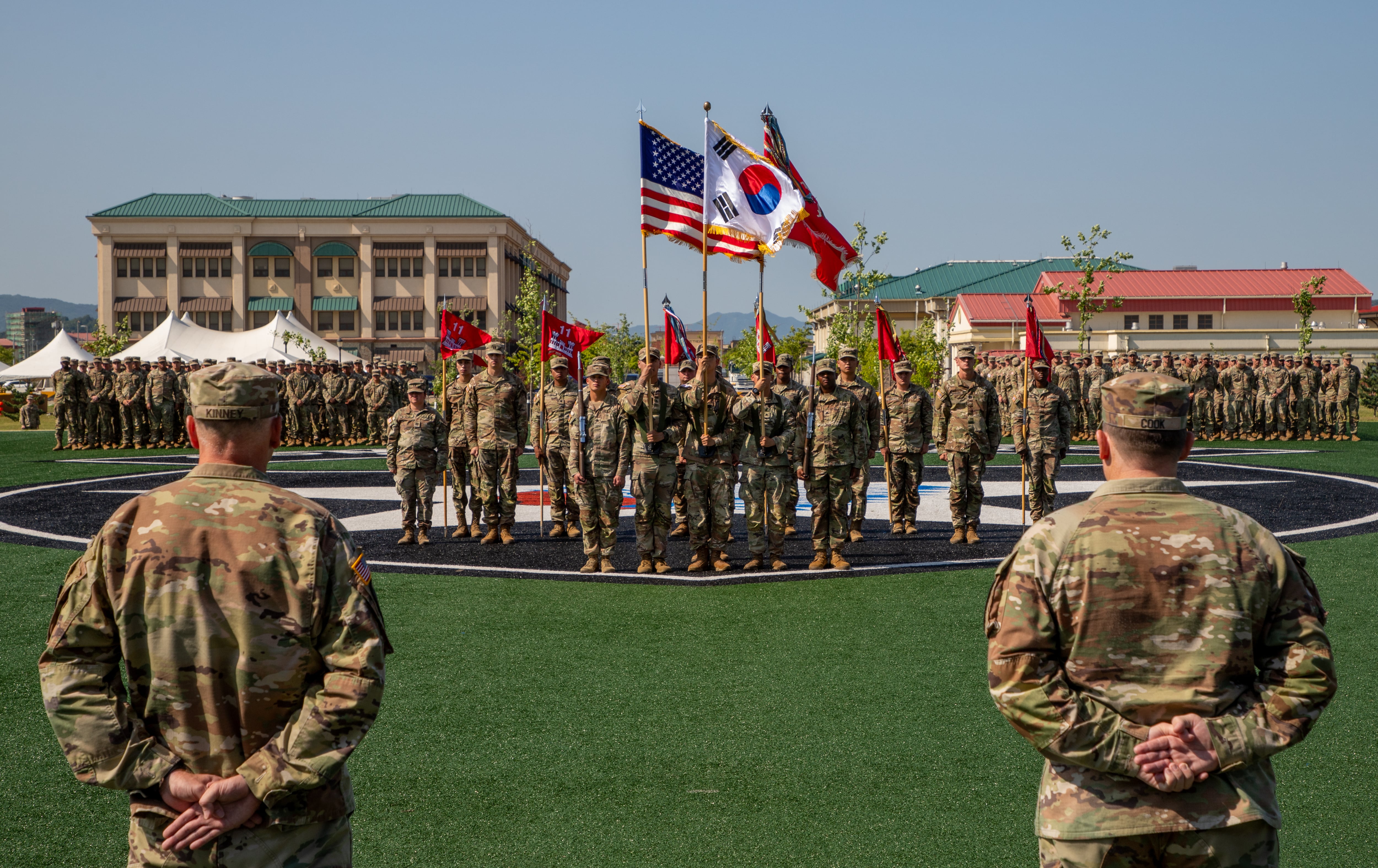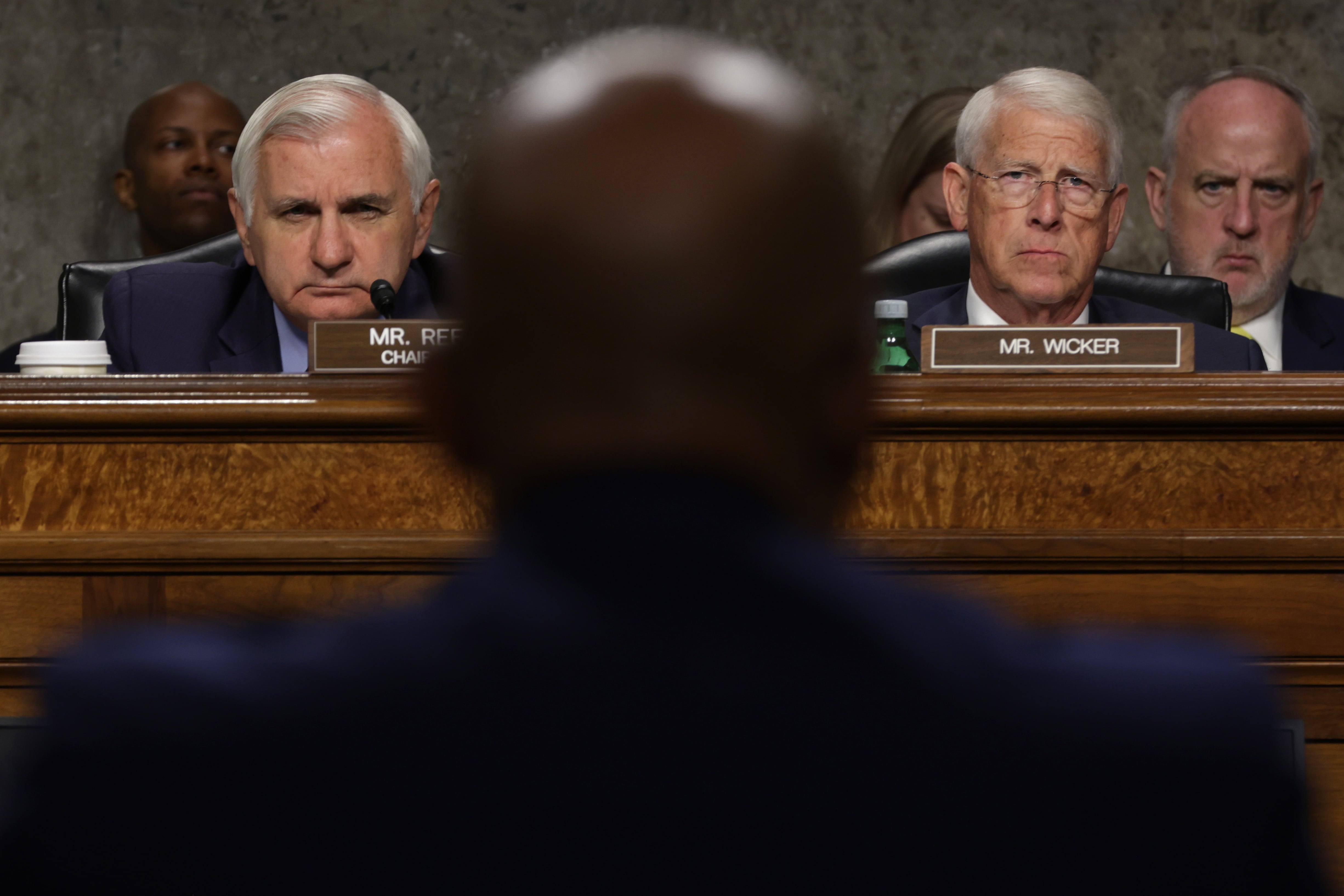The Navy is taking a hard look at who it recruits, how it employsuses them in the fleet and how to keep them around its most talented sailors, the chief of personnel told an audience in Washington, D.C. on Wednesday.
It will take years to tackle it all, but some initiatives are on track to see the light of day as early as next year, Vice Adm. Bill Moran said.
"We just wrapped up a [Defense Officer Personnel Management Act working group]DOPMA reform," he said. "I would call it not so much a reform, an adjustment, an enhancement, that we think we can use."
Back in January, Moran announced in January that his office was looking to overhaul officer personnel management, to include an initiative that would end the year groups that force officers into competing with peersothers who came on active-duty at the same time.
Now, a After a Defense Department working group convened to hammer out details that would affect officer promotions for all of the branches, the proposal has been was boiled down as Navy officials seek congressional approval.
In a move that will make a lot of lieutenants happy, particularly those in the aviation community, officers going before the O-4 board won't be limited to the traditional two looks. This board prompted an outcry from passed-over aviators upset that their promotion rates lagged those for counterparts in the surface and submarine communities.
Up to a certain point, Moran said, lieutenants could be able to screen for O-4 several times before being forced to separate.
"In my view, it's the most important board that we do in on a statutory basis for all the services," Moran said. "It culls the heard very early, and you may be missing people who have been subject to timing that they couldn't control, couldn't get milestones, maybe didn't get the right quals, and then couldn't compete and find themselves behind."
He could not elaborate on everything in the working group proposal, but said, "I would describe it as giving the service secretaries the discretionary authority to implement changes to how we do up-or-out promotions."
They won't be asking to get rid of year-groups this time, he said, but giving lieutenants more time to screen for O-4 will address the concerns they've raised.
Moran said he expects that the services will testify about their proposals on Capitol Hill in the spring.
Deepening the pool
Looking further ahead, Moran said, the Navy is taking a closer look at its recruiting resultsto make sure that the right kind of talent is coming in along with the right numbers.
The Navy is hitting it's recruiting goals and retention is high, he said, but that is only part of the picture.
"Now we know we have problems, because we think everything is running great," he said.
One area of concern is that the military is disproportionately drawing from those who grew up in military families. Moran said they count for more than 85 percent of military recruits. a lack of diversity of backgrounds in recruits: According to Moran, a disproportionate amount of men and women who joint the military come from a military family, more than 85 percent.
"Now we should all ask ourselves a strategic question: Is that a healthy place to be for a workforce that is, over time, becoming more and more of a closed-loop system?" he said. "Do we have diversity of thought, diversity of background and experience, ideas, innovation?"
The Navy is full of great men and women, he added, but if they're all being pulled from the same pool and end-strength stays the same, it will become harder and harder to recruit a diverse group.
They haven't found the answers, he said, but the discussion is ongoing.
Meghann Myers is the Pentagon bureau chief at Military Times. She covers operations, policy, personnel, leadership and other issues affecting service members.





